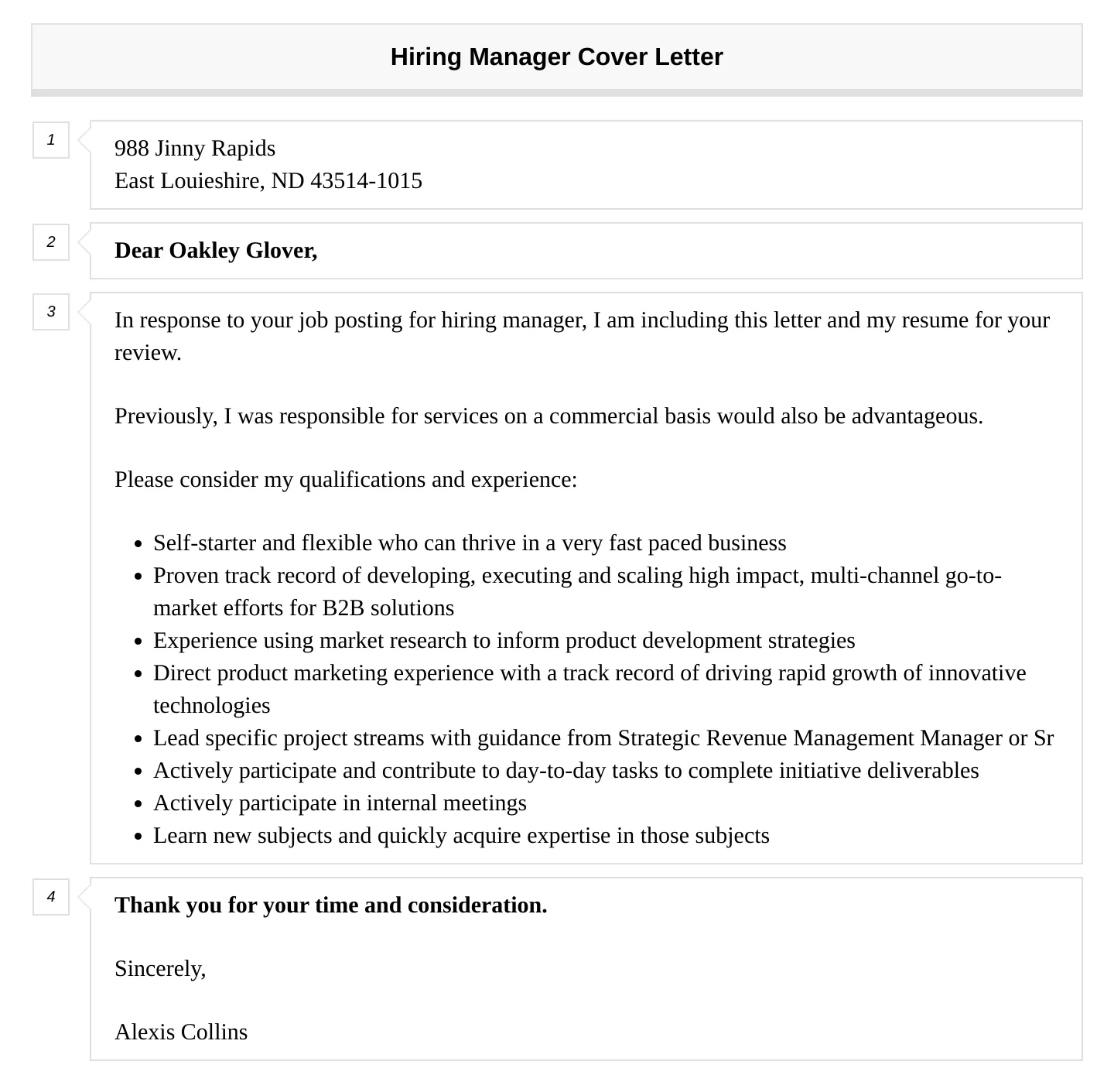Understanding the Dual Audience
Writing a cover letter for two hiring managers presents a unique challenge. Unlike a single recipient, you must consider the perspectives and priorities of both individuals. This requires a nuanced approach that demonstrates respect for their positions and highlights your understanding of their respective roles. Failing to acknowledge both managers can inadvertently signal a lack of attention to detail or a failure to understand the dynamics of the hiring process. This section will help you understand who the hiring managers are, and what is expected.
Identify Both Hiring Managers
Before you even begin writing, you must identify the two hiring managers. This is the first and most crucial step. Often, job postings will list the names and titles of the individuals involved in the hiring decision. If this information is not readily available, do some digging. Check the company website’s “About Us” or “Team” sections, look for LinkedIn profiles, or reach out to a contact within the company to inquire. Knowing their names and titles allows you to personalize your letter and avoid generic salutations, which is vital. Failing to identify them correctly could lead to a rejection of your application.
Research Each Manager
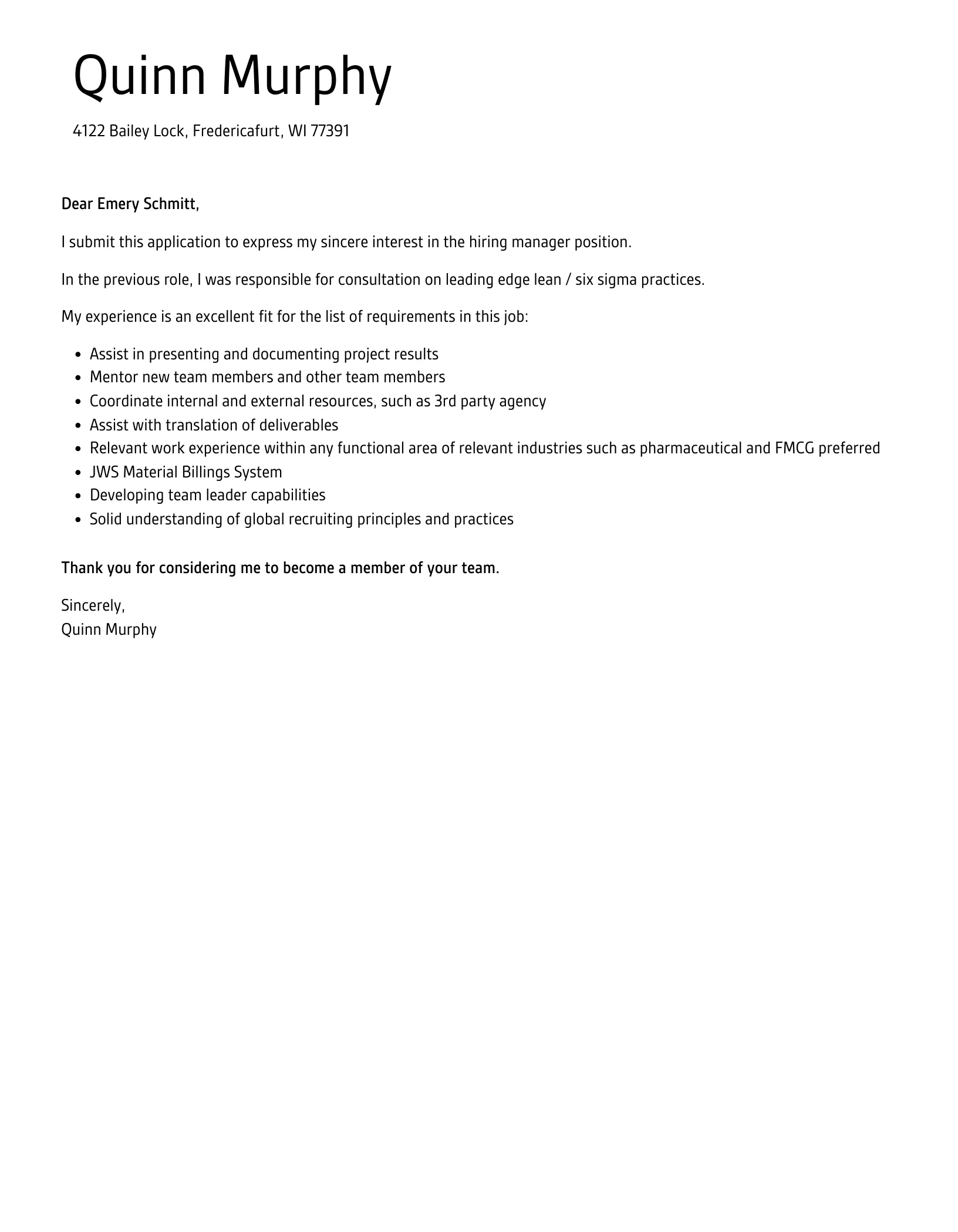
Once you’ve identified the managers, it’s time to research them individually. LinkedIn is an invaluable resource here. Explore their profiles to learn about their backgrounds, experience, and areas of expertise. What are their career paths? What are their interests? What are their responsibilities within the company? Understanding their roles will help you tailor your letter to resonate with each manager. Pay close attention to any common ground or shared interests; this may serve as the foundation for building rapport in your letter. This research is key to demonstrating your genuine interest in the role and the company.
Tailoring Your Cover Letter
A generic cover letter will likely be discarded. Your cover letter must be tailored to address the specific requirements and expectations of the two hiring managers. This personalization shows that you’ve invested time and effort, indicating a sincere interest in the role. Think about their individual priorities. What are their key responsibilities? What are they looking for in a candidate? How can you demonstrate that you possess the skills and experience they are seeking? This might involve highlighting different aspects of your experience or adjusting your tone to align with each manager’s style. Make sure you can show that you are able to solve any issue that they might have.
Addressing the Cover Letter
Addressing your cover letter correctly is crucial. A generic “To Whom It May Concern” is a major red flag. Ideally, you should address each manager by name. You can use a dual salutation, such as “Dear Mr. [Manager A] and Ms. [Manager B],” or you can address them individually within the letter, perhaps mentioning them by name in different paragraphs. Consider the nature of the roles and company culture. If appropriate, you might use their first names. The goal is to show you are paying attention and that you understand the situation. This initial interaction sets the tone for the rest of the letter.
Crafting the Opening
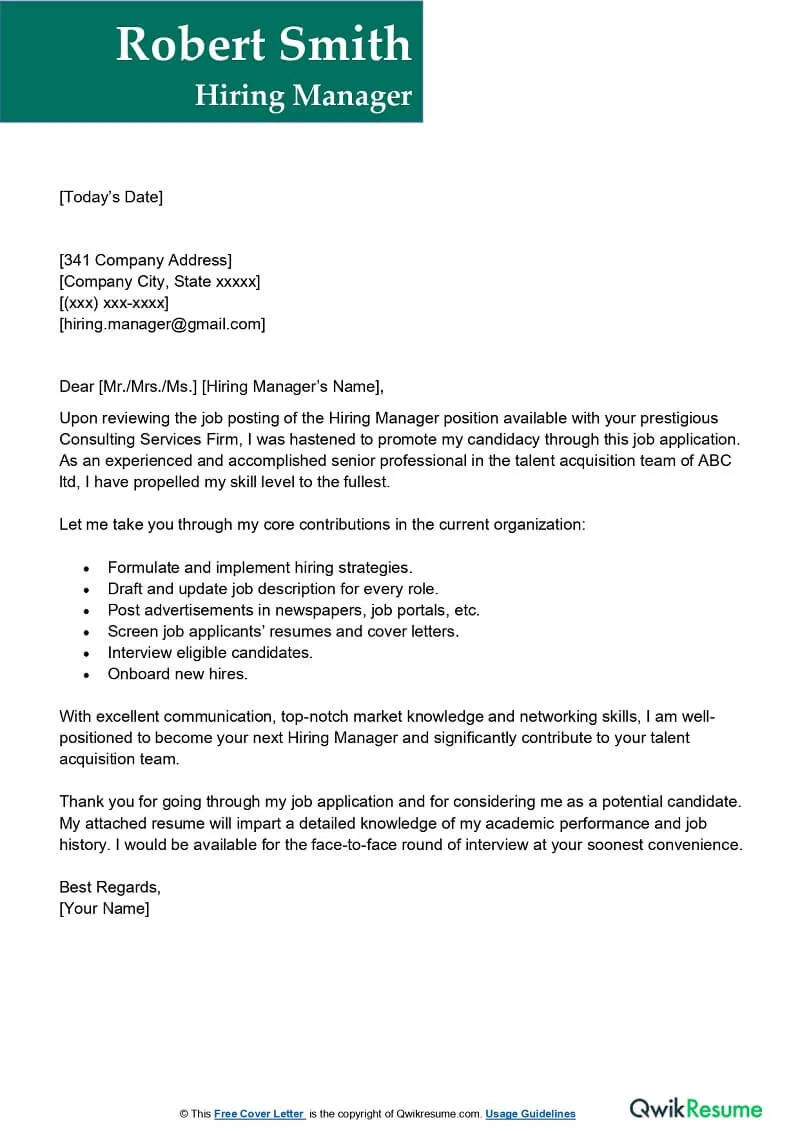
Your opening paragraph is your first chance to capture attention. Start by clearly stating the position you’re applying for and where you saw the job posting. Then, briefly mention why you are interested in the role and the company. If possible, allude to your understanding of the managers’ roles or the team’s goals. You might mention something specific that caught your eye in the job description or the company’s recent activities. Tailor this opening to both managers, showing your understanding of the position requirements and what you can bring to the table. The first few sentences should leave no room for doubt about your intentions and qualifications.
Highlight Relevant Skills
The body of your cover letter should highlight your relevant skills and experience. Analyze the job description carefully and identify the key skills and qualifications the hiring managers are seeking. Then, provide concrete examples of how you have demonstrated these skills in past roles. Use action verbs and quantify your achievements whenever possible. If the roles of the hiring managers differ, consider emphasizing skills or experiences relevant to each manager. For example, if one manager focuses on technical skills and the other on leadership abilities, be sure to address both areas. This demonstrates your versatility and ability to meet diverse needs.
Showcase Accomplishments
Don’t just list your responsibilities; showcase your accomplishments. Use the STAR method (Situation, Task, Action, Result) to provide specific examples of how you have achieved positive outcomes in previous roles. Quantify your achievements with numbers, percentages, or other measurable results. Did you increase sales? Improve efficiency? Reduce costs? Provide hard evidence of your value. Tailor your accomplishments to the needs of the hiring managers. Highlight the achievements that most closely align with the job requirements and the company’s priorities. This makes your claims more credible and demonstrates your ability to deliver results.
Demonstrate Company Knowledge
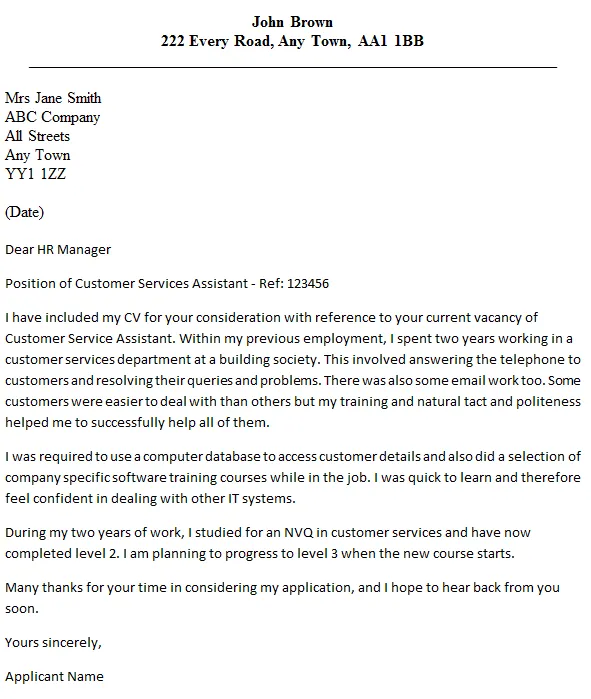
Show the hiring managers that you’ve done your homework. Demonstrate your knowledge of the company, its mission, its values, and its products or services. This shows your genuine interest and that you are serious about the role. Research the company’s recent projects, news, and any initiatives. Mention specific aspects of the company that appeal to you or align with your career goals. Connect your skills and experience to the company’s needs and challenges. If possible, mention how you can contribute to the company’s success. This level of preparation sets you apart from other applicants who may not have invested the same amount of time.
Closing the Letter
Your closing paragraph should reiterate your interest in the role and the company. Express your enthusiasm for the opportunity and thank the hiring managers for their time and consideration. Include a call to action, such as stating your availability for an interview or expressing your eagerness to discuss your qualifications further. Reiterate how your skills and experience align with the job requirements and the company’s goals. Consider re-addressing both hiring managers, as the final interaction should solidify your professionalism and attention to detail.
Proofreading and Editing
Before you submit your cover letter, proofread and edit it meticulously. Check for any grammatical errors, spelling mistakes, and typos. Ensure the letter is well-organized, easy to read, and free of any awkward phrasing or inconsistencies. Read the letter aloud to catch any issues you might miss while reading silently. Ask a friend or colleague to review it as well. A second pair of eyes can often spot errors you may overlook. The quality of your writing reflects your professionalism, so make sure your cover letter is polished and error-free before sending it.
Formatting for Impact
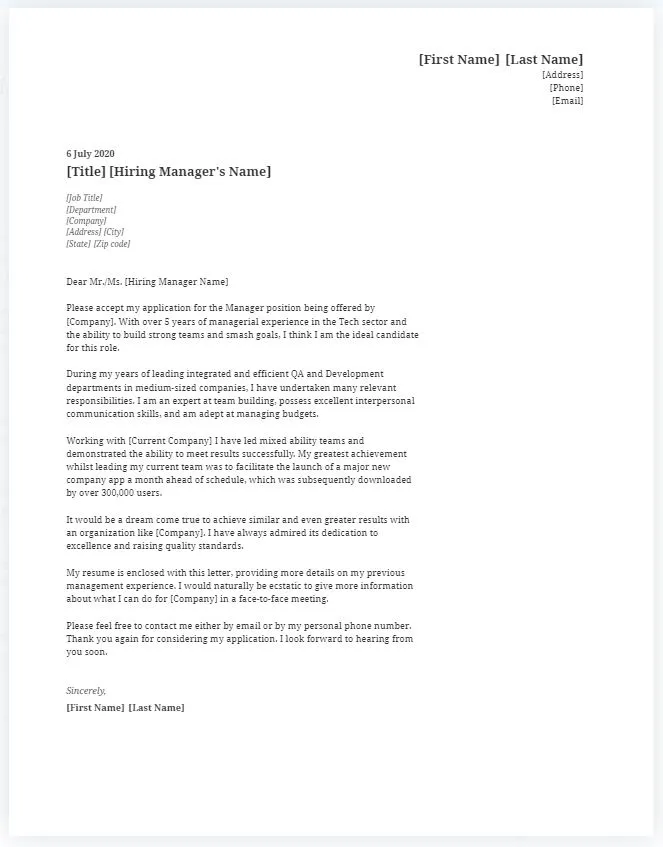
The format of your cover letter matters. Use a professional font like Times New Roman or Arial with a font size between 10 and 12 points. Use clear headings and subheadings to break up the text and make it easier to read. Use white space effectively to avoid a cluttered appearance. Keep your letter concise; aim for one page if possible. Ensure the letter is visually appealing and reflects your attention to detail. A well-formatted cover letter conveys professionalism and makes a positive first impression.
